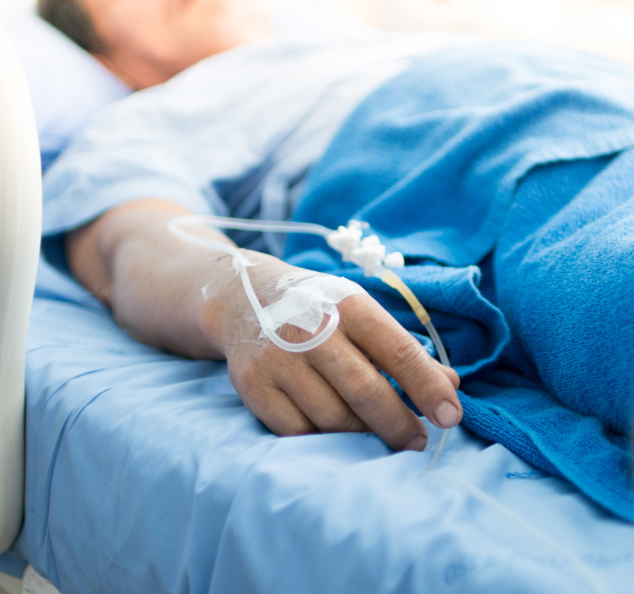Following a grant from Innovate UK, Health Innovation East is facilitating the roll out of remote monitoring across selected care homes across the East of England.
GPs in the region are now able to hold virtual ward rounds where they can efficiently monitor their patients across selected care homes through an online portal and identify any additional care requirements. Early signs of deterioration or sepsis are escalated before an illness worsens, referrals are sped up where necessary which can lead to better outcomes for patients and unnecessary hospital admissions are reduced.
The Whzan Blue Box helps care home staff monitor resident’s health and mobility by measuring vital signs, recording photos, performing assessments and using questionnaires. These provide a scoring using the Royal College of Physicians’ National Early Warning Score (NEWS2) which can be shared with health professionals to help determine next steps. This score is recognised across NHS 111, hospital and ambulance services and is increasingly being used by GPs. Care homes can agree specific alerts and intervention triggers with GPs and ambulance services based on the NEWS2 score, which is automatically uploaded to the GP portal by the system.
This builds on work already underway by the Eastern Patient Safety Collaborative to embed soft signs, NEWS2 and the SBAR structured communication processes in care homes.
Some care homes in the region already use Whzan Blue Box but this grant will enable an additional five care homes per clinical commissioning group (CCG) to use this new technology. We are working with CCGs to identify which care homes should receive the Blue Boxes. Following deployment we will work with local health systems and the East of England Ambulance Services NHS Trust to assess the impact of this technology on patient outcomes and health services.
Tara Marshall, Health Innovation East Clinical Lead for Deterioration, is holding virtual drop-ins to train care home and GP surgery staff in how and when to use the system. She said:
“By standardising how observations are taken and communicated across the care sector and healthcare services, we can spot deterioration earlier and treat more people within their care setting before they need to be hospitalised. It reduces travel time for clinical staff and allows them to prioritise the sickest people. Coordinating and collecting data at a region level will help us evaluating the impact telehealth monitoring has across the whole health system.”
A study by Health Innovation North East and North Cumbria found that eight care homes using the intervention made an estimated saving of around £756,144 in A&E attendances and ambulance services between April 2017 and March 2018.
You may also like…

The National Early Warning Score (NEWS) is used by GPs, all ambulance services and most acute hospital trusts to check patients who may be at increasing risk of deterioration or developing sepsis.

Dr Jag Ahluwalia, Chief Clinical Officer at Health Innovation East, explains how our approach to clinical governance minimises risk in innovation.
Get in touch
Learn how we can support healthcare providers to embed proven patient safety initiatives and innovations.
Find out more